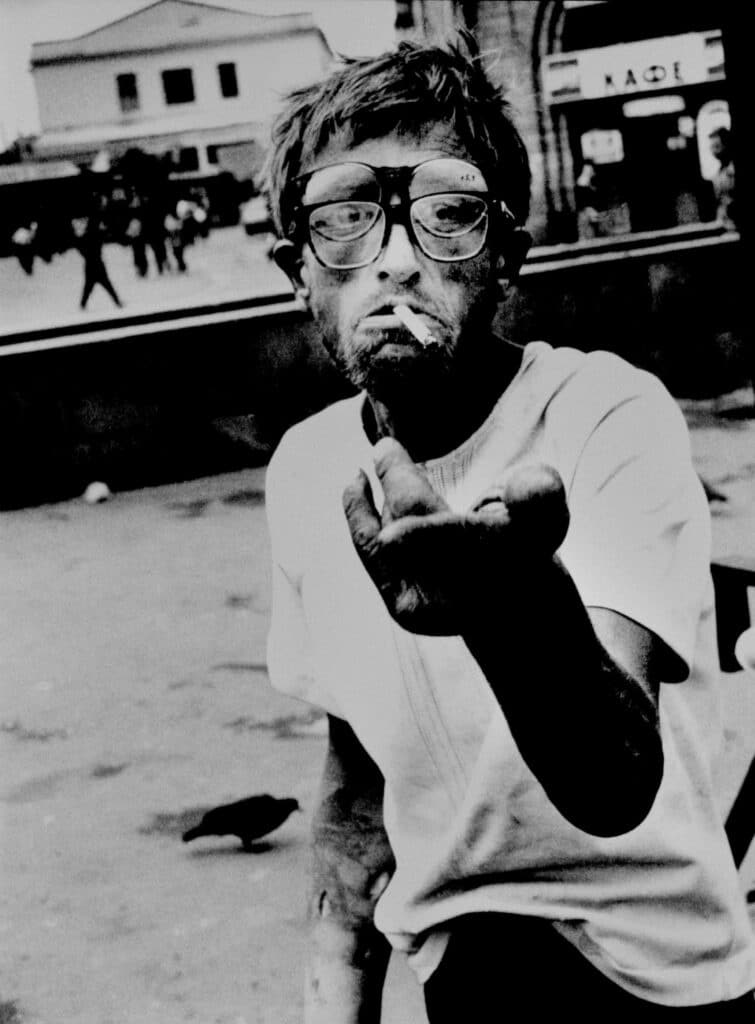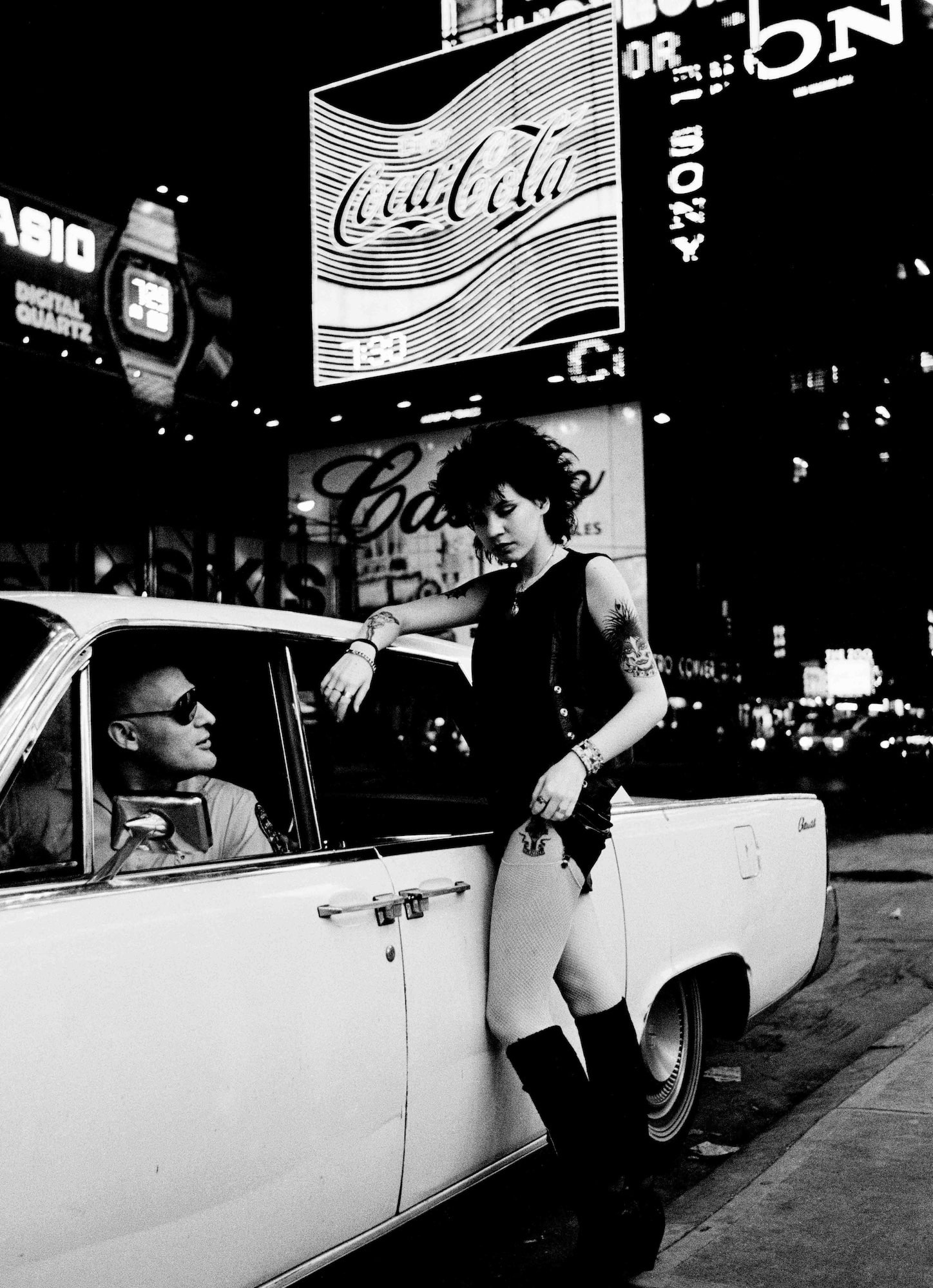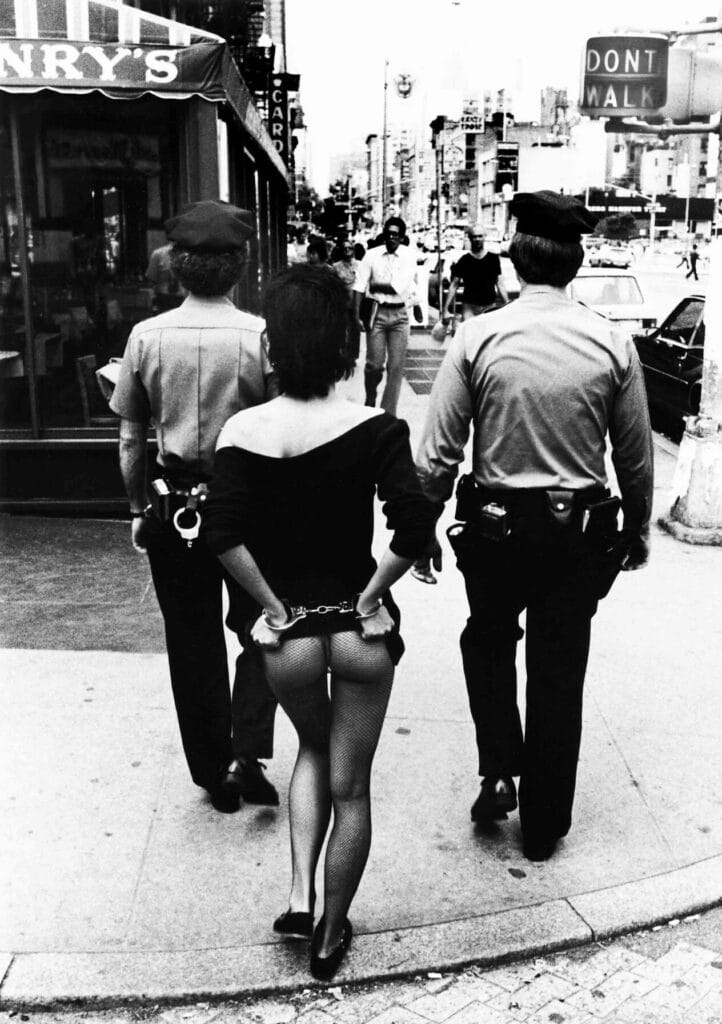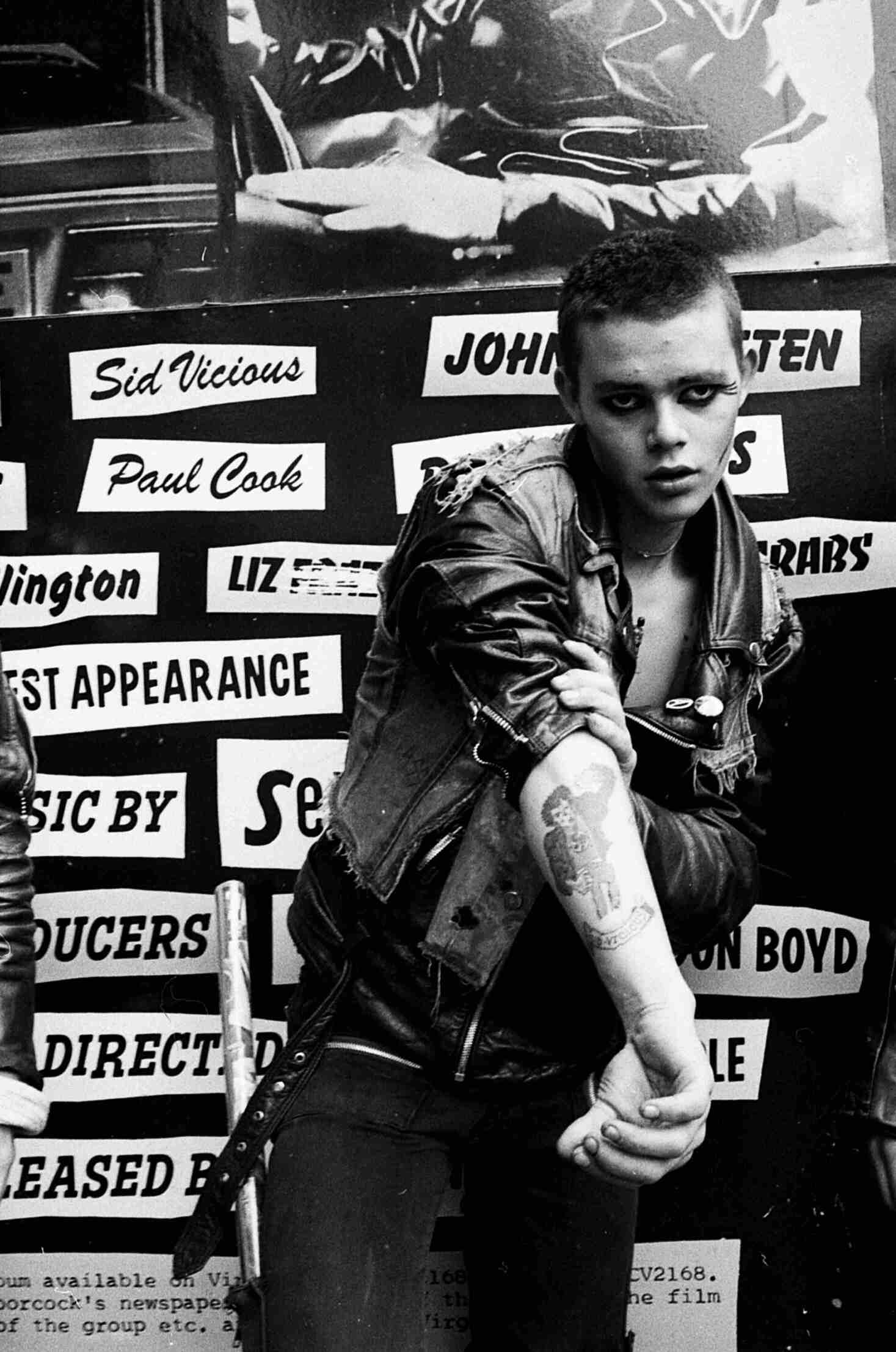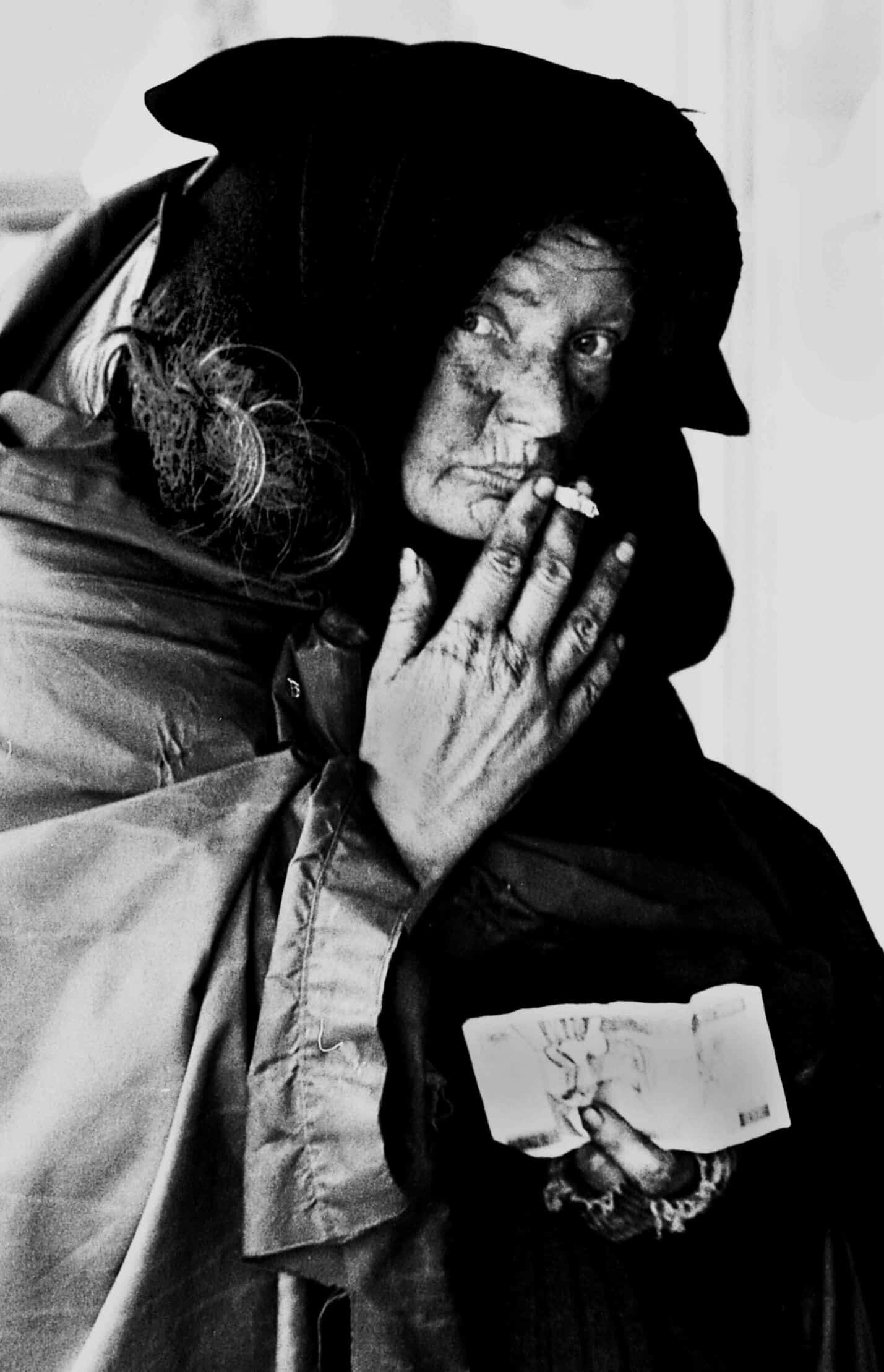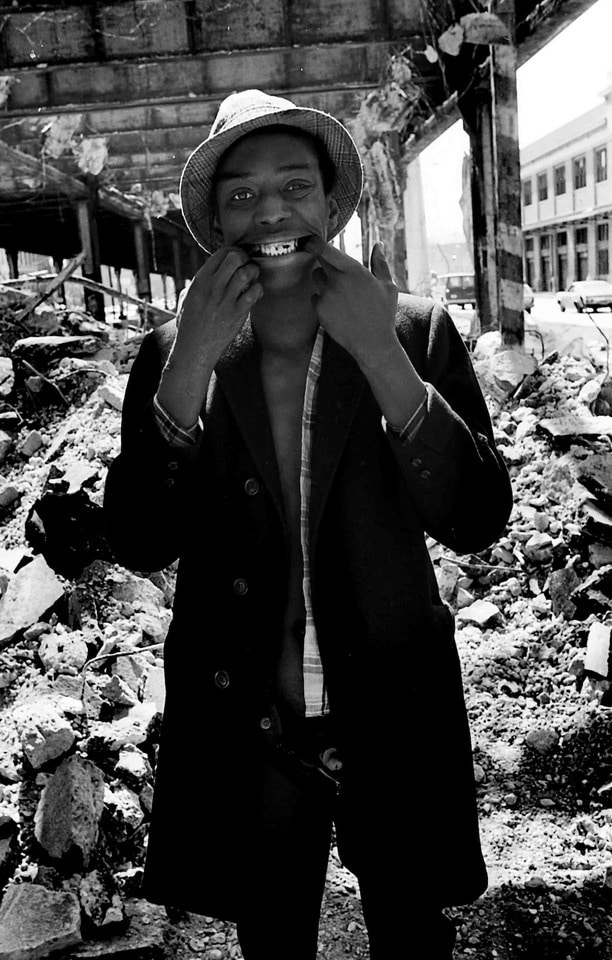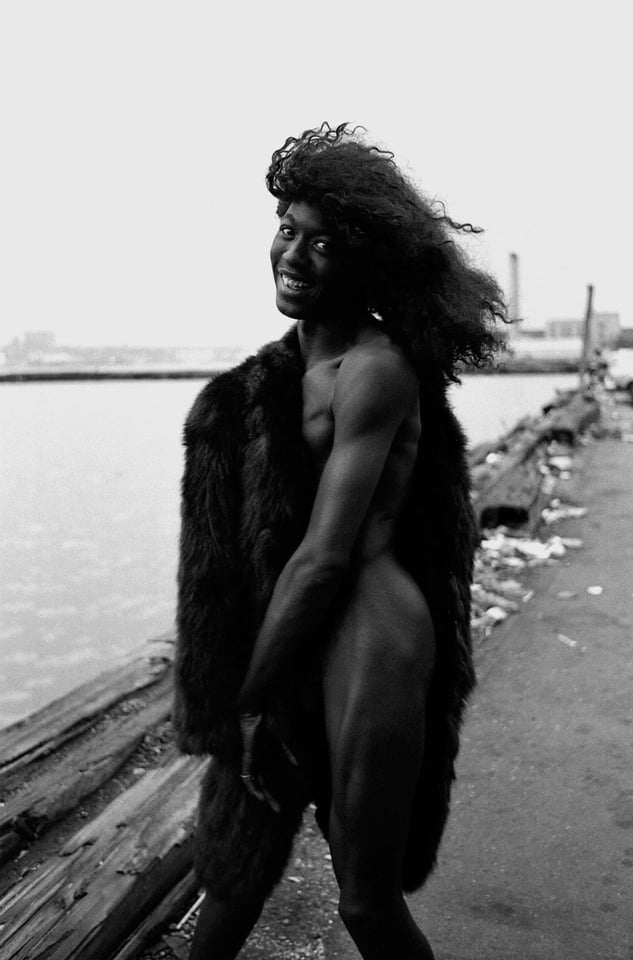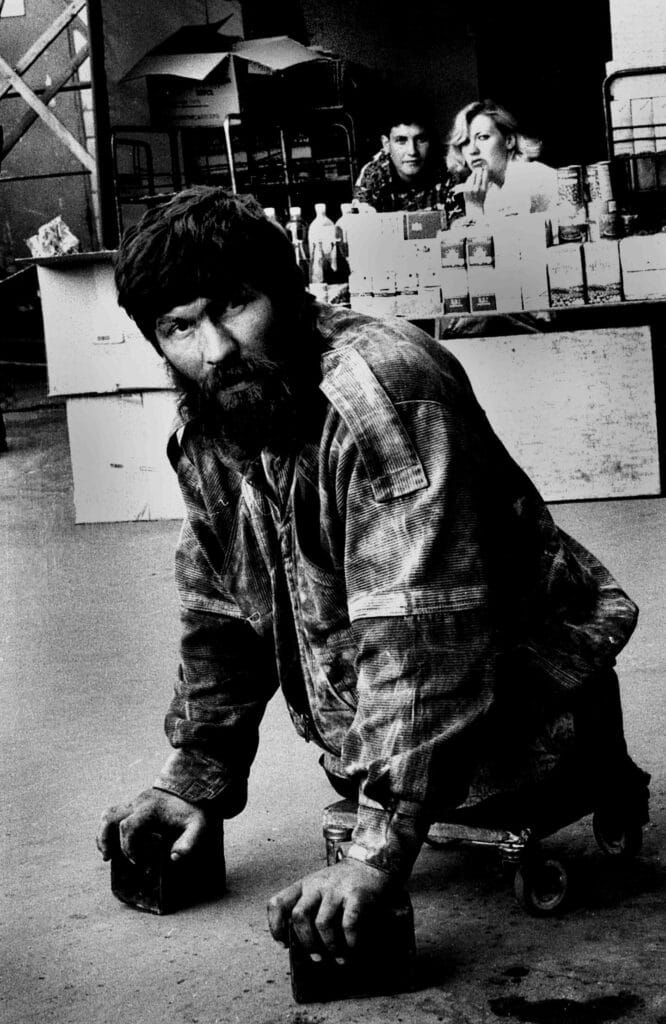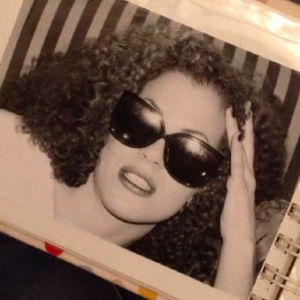With the outbreak of World War I, Germany set forth on a course that would result in its destruction — and that of the entire continent — for decades to come. Wholly unaware of the brutality of modern warfare, over two million German men sacrificed their lives to a losing cause. Those who survived suffered not only in body but in mind, introducing a phenomenon known as “shellshock,” or post-traumatic stress disorder in modern parlance.
Artist Otto Dix (1891–1969) was among the earliest volunteers, fighting at the Battle of the Somme and later earning the Iron Cross. But heroism meant nothing to him against barbarism and brutality he witnessed firsthand. After Germany’s defeat, Dix returned to civilian life with images of annihilation seared in his soul.
He turned to art to mediate these experiences, incorporating elements of Expressionism and Dadaism into increasingly critical and unsparing depictions of violence, degradation decay, and death. Dix made few statements, preferring to let the work speak for itself. But his paintings not only spoke, they screamed and howled screeds of unspeakable horror at a country desperately trying to forget.
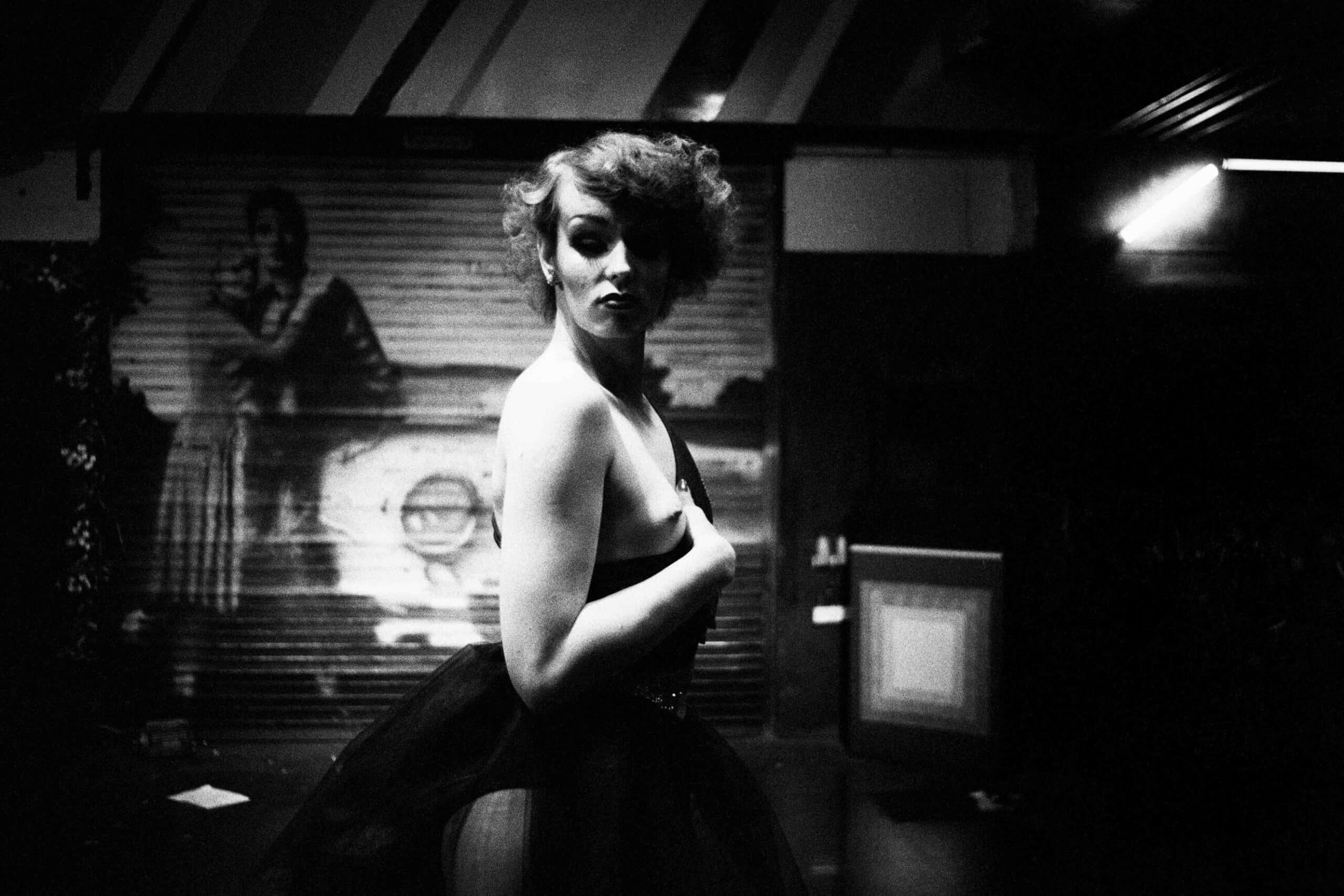
“Dix was not a very political painter per se; in the 1920s, he was merely an attentive observer of his time, a bohemian who was aware that his permissive subjects, for example his depictions of prostitution and nightlife, made him a bourgeois outcast. But in creating against all odds and repressions, Dix was always true to himself, an authentic artist believing in his goals and vision,” says German-Ukranian photographer Miron Zownir, who is exhibiting his work alongside that of Dix in the new exhibition, Dix and the Present.
When the Nazis rose to power in 1933, they turned against Dix for exposing the myth of German heroism was nothing but a cruel hoax, labeling him a “degenerate artist” and removing him from his position teaching art at Dresden Academy. Forced to join the Reich Chamber of Fine Art, Dix was only allowed to paint idyllic landscapes aligned with Nazi ideology. But he refused to be cowed and continued to create allegorical works challenging Hitler’s ill-fated regime.
Recognizing the subversive power of modern art, the Nazis embarked on a massive campaign to loot Germany museums and private collections of “degenerate art,” squirreling away over 20,000 works, many of which remain missing to this very day.
“Modern art was a threat to their ideology, so it was to be made invisible through a mercilessly repressive cultural policy, in order to control and censor art and to achieve uniformity and conformity,” says Zownir.
“Their style and subject matter did not conform to the National Socialist worldview and they were labeled ‘Jewish-Bolshevik,’ ‘un-German,’ or ‘degenerate.’ At the same time, this state-legitimized art theft led many international art dealers to buy cheaply in Berlin, where the confiscated art was stored. The dollars went straight away to Nazi leader Joseph Goebbels and his Ministry of Propaganda, while works of art that could not be monetized were destroyed.”
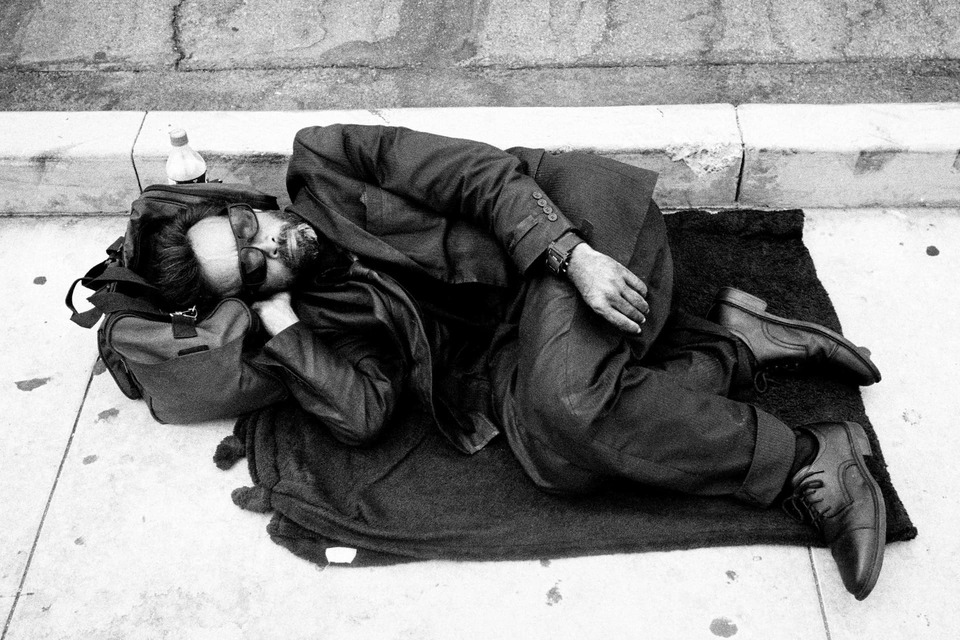
The “Big Lie”
In 1937, Nazi artist Adolf Ziegler opened the Degenerate Art exhibition, showcasing 650 stolen works by 112 artists that they felt “insult German feeling, or destroy or confuse natural form or simply reveal an absence of adequate manual and artistic skill.” Over two million people traveled to Munich to get a gander at paintings, sculptures, and prints by luminaries including Pablo Picasso, Piet Mondrian, Marc Chagall, Wassily Kandinsky, Paul Klee, and Otto Dix.
Like all Nazi ideology, the notion of “degenerate art” was rooted in Adolf Hitler’s strategic use of the “big lie,” which he introduced in Mein Kampf as a tactic to discredit the Jews while simultaneously employing it to his own ends. Simple, ruthless and effective, the “big lie” plays into people’s bigotry and hatred to turns the masses against your enemies.
Masters of propaganda, the Nazis organized the Degenerate Art exhibition to rail against modernism in all its forms, rallying a decimated nation to shares its depraved obsession with eugenics and genocide. And though their mission failed, their tactics soldiered on.
Recognizing the innate power of iconography, artists have long stood in the gap, their art speaking truth to power against the “big lies” promulgated by politicians, power brokers, and media barons alike. Some artists are activists, others simply observers who refuse to collaborate and collude in mass deception and indoctrination.
Contemporary photographers including Miron Zownir, Nan Goldin, and Cindy Sherman stand firm in the tradition of Otto Dix, critiquing the structures of power used to harm vulnerable communities pushed to the margins of society. The new exhibition, Dix and the Present, looks at their work together, considering the ways in which we are still fighting these very battles today.
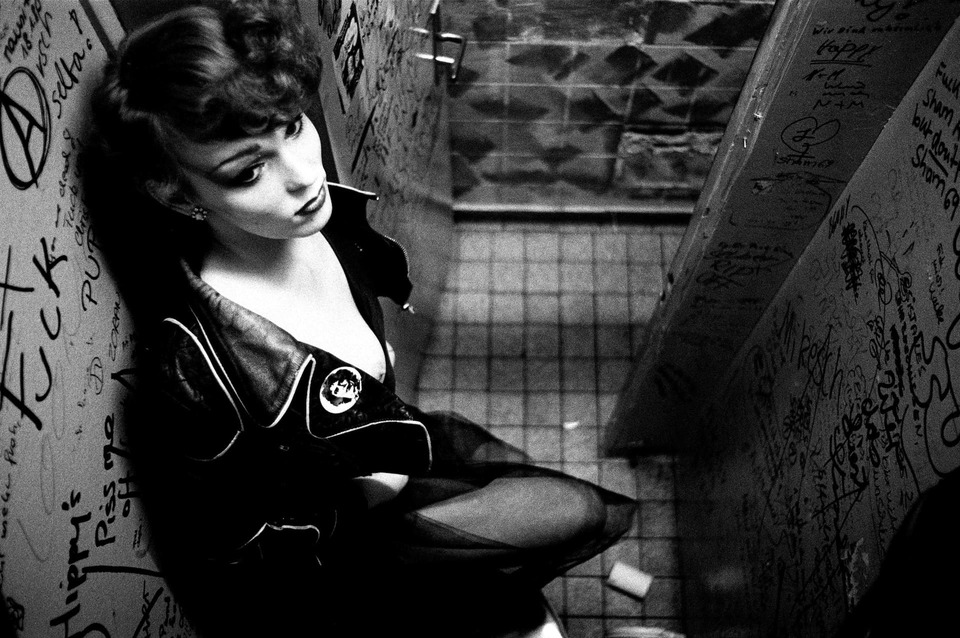
Outlaws, Outcasts and Nonconformists
Growing in West Germany during the 1950s, Miron Zownir came of age amid a country reduced to rubble. Generation after generation had been vanquished and those who survived teetered in between madness and mass denial. Surrounded by wreck and ruin taking both human and environmental form, Zownir grew up in a family that stood on both sides of the divide, Nazi and Socialist, and never tried to erase or shield him from the brutalities of life.
As a young boy, Zownir was a ferocious reader. Curious, adventurous and empathic, he identified with outlaws, outcasts, and nonconformists found in the works of writers like Fyodor Dostoyevsky, Franz Kafka, William Shakespeare, and later William S. Burroughs, Charles Bukowski, Friedrich Nietzsche, and Jean Genet.
“The strongest philosophical declaration for me was and is individual freedom: freedom of speech and expression, personal responsibility, live and let live, respect for other humans, animals and nature,” Zownir says.
Blessed with a penchant for both image and text, he began crafting stories of imaginary adventures in which he was always on the run, looking for shelter and risking his life. For Zownir, art was an extension of existence rather than a means to gain attention, status, or personal gain
Zownir came to photography in the late 1970s, his images stricken with Neo Expressionist anguish that recalls Berlin of the Weimar era. Over the past four decades, he has traveled around the globe creating images of lives pushed to the edge, with a raw vitality that is at once gritty, tender, and unflinching. Rather than sensationalize, heroicize, romanticize, or vilify the people he encountered he simply sought to portray them as they were: survivors of brutal regimes that had abandoned them for dead.
“Sometimes it seemed as if I was to blame for all the misery I explored”
Miron Zownir
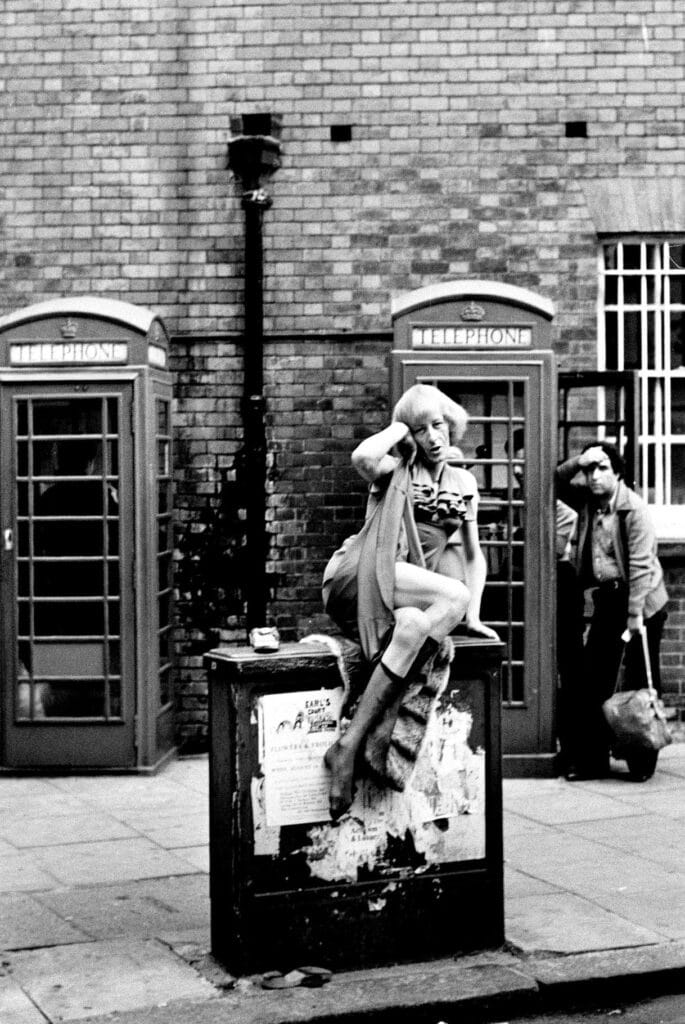
“Whatever situation I encountered, I was always open minded enough not to prematurely judge or to put a blame on someone. Every individual misery had its particular reason,” Zownir says. “But there were also situations like in Moscow in 1995 that were so obviously cynical, brutal and unnecessary that I felt completely helpless and disgusted with society. I think I was the only one who documented this atrocity day by day for almost three months but it took years until the work got any attention and it had absolutely no effect on the inhuman status quo these people endured.”
Considered too intense, morbid and disturbing, Zownir’s photos spoiled the illusion of freedom and democracy in Russia that so many clung to after the collapse of the Soviet Union. “Sometimes it seemed as if I was to blame for all the misery I explored,” Zownir says — much like his countryman Otto Dix.
A Radical Act of Liberation
The new exhibition, Dix and the Present, pairs 50 black-and-white photographs by Miron Zownir with 50 etchings from Otto Dix’s series, “Der Krief/The War,” completed in 1924. In their hands, the simple act of bearing witness becomes a radical act of liberation and a refusal to participate in the “big lie.”
“The more I got rejected the stronger I felt I was right”
Miron Zownir
Looking at these made works a century apart one becomes aware just how little has changed. For all its self-congratulatory propaganda the success of Western civilization is best measured by those it has failed — and the framing of those failures as an individual rather than systemic issue. Like Dix, Zownir does not feign, moralize, proselytize, or deny the darkest truths of humanity, but rather shines a light for all those who refuse to see.
“As a street and documentary photographer, I am a chronicler of present times. If the sexual revolution in early 1980s New York or the excessive hedonism in 2000s Berlin raise moral concerns, it’s a demonstration of diversity in society,” Zownir says. “Just as Otto Dix, whose socially critical images of the 1920s reflected the ills and misery of that time, aroused the moral indignation of conservative nationalists, my photographs also have triggered various moral debates throughout the decades. I haven’t lived in a totalitarian society and it would be too easy to claim unchallenged bravery. But I have experienced enough censorship and restrictions in our so-called ‘free’ society. The more I got rejected the stronger I felt I was right.”
Dix and the Present is on view at Deichtorhallen in Hamburg through February 25, 2024.

